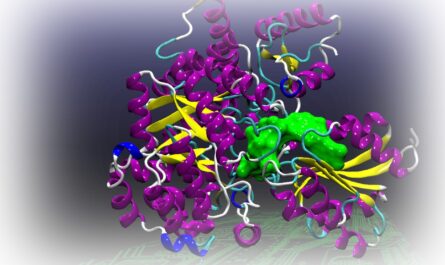Antarctica, long considered a pristine wilderness, is now facing a new threat – avian influenza, commonly known as bird flu. The virus has already made its way to the sub-Antarctic islands between the Antarctic Peninsula and South America, and it is only a matter of time before it reaches the Antarctic continent itself. This raises serious concerns about the potential devastation it could cause to the wildlife populations in Antarctica.
Avian influenza has been detected in several seabird species on South Georgia Island and the Falkland Islands, both of which are known to have connections with Antarctica through migratory patterns. Additionally, researchers suspect that the virus may have caused mass deaths among southern elephant seals. If the virus reaches Antarctica, it could have catastrophic consequences for the wildlife, leading to a significant reduction in populations.
The implications of avian influenza outbreaks in Antarctica go beyond the impact on wildlife. It could also disrupt tourism and research activities during the busy summer season, which could have serious economic implications for the region. Therefore, it is crucial to address this challenge effectively.
Avian influenza is part of a larger pandemic that is affecting more than 200 species of wild birds worldwide. This strain of avian influenza, known as H5N1, has undergone genetic and epidemiological changes, becoming more prevalent among wild bird populations. Migratory birds have been responsible for spreading the virus, resulting in outbreaks across Europe, Asia, Africa, North America, and South America.
Seabird populations have been hit particularly hard by avian influenza, with a 70% reduction in northern gannets in the United Kingdom and mass deaths observed among southern elephant seal pups in South America. These incidents, coupled with the recent detections in seabirds on the sub-Antarctic islands, raise concerns about the vulnerability of Antarctic species to the virus.
The Antarctic Peninsula, with its ice-free areas, is a critical breeding ground for many Antarctic species, including the iconic Emperor penguin. The dense colonies of these species make them particularly susceptible to disease outbreaks. Outbreaks of avian influenza on the Antarctic Peninsula would not only pose a threat to the wildlife but also disrupt the tourism industry, which relies on visitors who come to see the unique wildlife and experience the pristine environment.
To address this potential crisis, the Antarctic Wildlife Health Network of the Scientific Committee on Antarctic Research has developed recommendations for the research and tourism communities. These recommendations focus on biosecurity measures, testing and reporting of cases, and the rapid sharing of data on avian influenza cases in the Antarctic region.
The network is also planning to expand its efforts to monitor the presence and impact of the virus on wildlife through surveys conducted across Antarctica and the sub-Antarctic region. This increased surveillance will provide valuable insights into the spread and severity of avian influenza in these areas.
It is essential to recognize that threats to Antarctica, including climate change, pollution, and pathogens, often originate from outside the region. Climate change, in particular, is expected to facilitate the spread of infectious diseases in wildlife, underscoring the need for proactive disease surveillance and information sharing among stakeholders in the Antarctic.
The situation in Antarctica highlights the interconnectedness of our world and the importance of taking care of the planet as a whole to protect delicate ecosystems like the Antarctic. Swift action must be taken to prevent the spread of avian influenza to Antarctica and minimize the potential harm it could cause to the unique wildlife and delicate balance of this pristine environment.
*Note:
1. Source: Coherent Market Insights, Public sources, Desk research
2. We have leveraged AI tools to mine information and compile it



